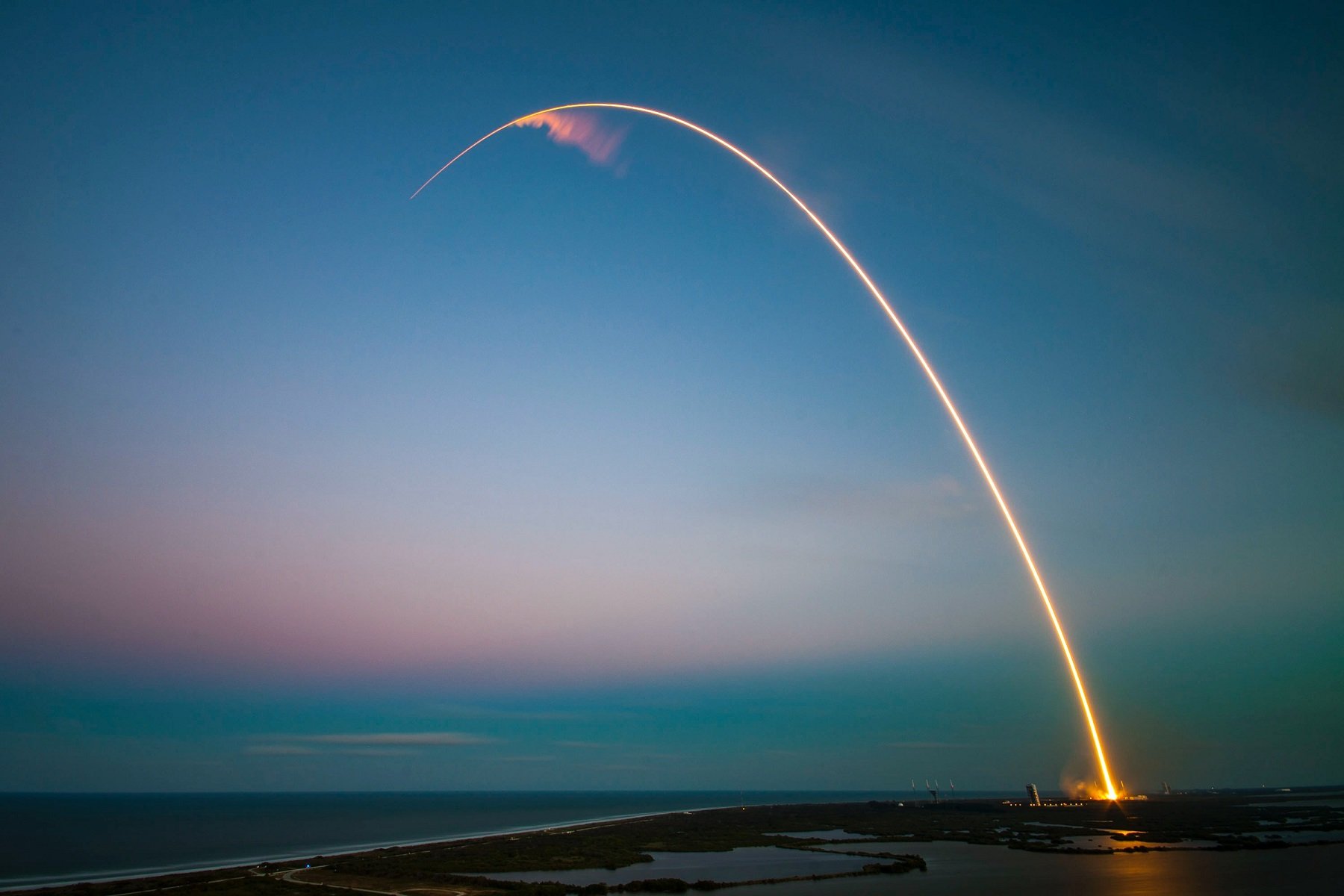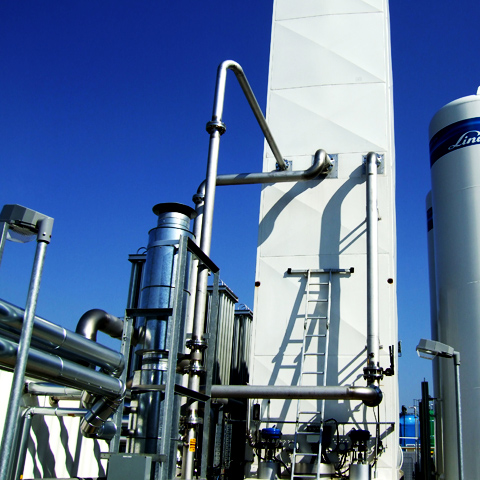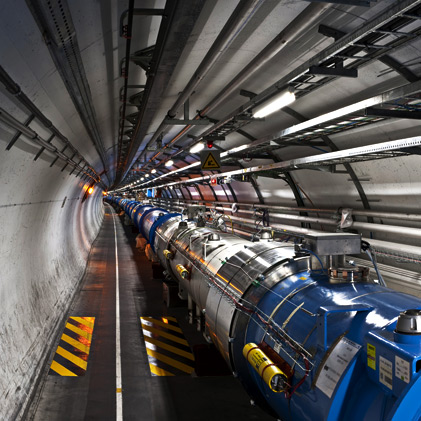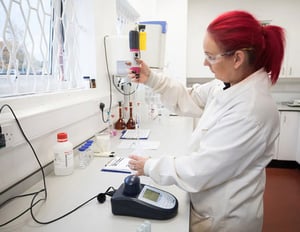Helium One Global (LON:HE1), the primary helium explorer in Tanzania, has announced the completion of analysis of its proprietary high resolution Falcon Airborne Gravity Gradiometry and aero-magnetic data over the Balangida Rift Basin. This work will lead to further helium gas exploration target generation in Balangida widening the overall Company opportunity in Tanzania.
Summary
· Balangida Rift Basin has the presence of high-grade helium macro seeps enriched with other high-value noble gasses
· Recent field work sampling showing 6.2%-6.4% helium and 2.0% argon
· 3D Inversion study created detailed maps of depth to basement across the Balangida Rift Basin
· Increased knowledge of depth to basement and sediment thickness
· Greater understanding of rift geometry, basin evolution and subsurface structure to aid exploration programme
· Developed advanced workflow integrating proprietary high-resolution Falcon AGG data with regional aero-magnetic, land-based gravity and radiometric data for improved calibration
· Technique will now be applied to data for the Eyasi Basin to enable the evaluation of prospectivity potential of both basins and plan further exploration
David Minchin, Helium One Global Chief Executive Officer, commented:
“With so much operational focus on the Rukwa Rift Basin, where we are targeting drilling in Q1 2023, I am pleased to be able to report continued progress at Eyasi and Balangida. There is potential for these basins to have salt deposits in the younger stratigraphy, and the Balangida Rift Basin is likely to contain volcanic tuffs, both of which have the capacity to be effective top-seals. Furthermore, the Balangida Rift Basin offers potential for other high-value noble gasses with recent seep analysis assays showing 2% argon.
“Helium One holds prospecting licences totalling 2,966km2 across the Tanzanian Helium Fairway. Following a successful exploration campaign at Tai, the work we have commenced now will allow us to fast-track the development of our portfolio of projects and become a strategic player in resolving a supply-constrained helium market.”
Lorna Blaisse, Principal Geologist, commented:
“In collaboration with Getech, the technical team have developed an innovative workflow, using our own Falcon AGG data with a range of remote, regional and land-based geophysical datasets. Sophisticated compound data analysis improves our confidence in the results of the inversion study, giving better understanding of rift geometry, basin evolution and subsurface structure to aid our exploration programme.
“The workflow developed at Balangida has demonstrated robust analytical techniques that can now be applied to regional data over the Eyasi Rift Basin. This will enable the technical team to evaluate prospectivity potential in both basins and to plan for further geophysical studies in 2023 as we progress our exploration programme.”
Background
Helium One have partnered with leading global gravity and magnetic geophysical specialists Getech in completing a 3D inversion study of high resolution Falcon AGG and aero-magnetic data over the Balangida Rift Basin, north-west Tanzania.
The Balangida Rift Basin is the smallest of the Company’s exploration projects, totalling 260km2 in a single prospecting licence. However, the basin is host to numerous high-grade, helium / nitrogen seeps, as well as indications of argon. Younger stratigraphy may contain salt deposits and there is potential for volcanic tuffs being deposited, improving potential for a well-developed top seal.
Seep sampling undertaken by the Company in June / July 2022 identified numerous helium soil-in-gas anomalies. Macro-seep sampling identified high-grade helium (6.2% – 6.4% He) with a predominantly nitrogen carrier gas. Additionally, these results included elevated readings for argon (2.0% Ar), a high-value noble gas used in high-temperature industrial processes where ordinarily non-reactive substances become reactive. Global argon markets are expected to grow at 5.5% CAGR to 2030, offering potential to develop argon as a valuable by-product to any future helium discovery.
The gravity-magnetic 3D inversion study has included the development of an advanced data analytical workflow, integrating proprietary high-resolution Falcon AGG data with regional aero-magnetic, land based gravity and radiometric data for improved model calibration.
The completed study has generated a detailed series of maps, increasing our knowledge of depth to basement and sediment thickness across the Balangida Rift Basin, and allowed greater understanding of rift geometry, basin evolution and subsurface structure to aid the development of our ongoing exploration programme.
The technique successfully developed at Balangida will now be applied to the available data we have covering the Eyasi Basin. Getech have commenced this phase of the work, with internal technical workshops planned throughout December to review the results. Conclusions of this work will allow the technical team to draft a forward work programme for both basins, with a view to acquiring 2D seismic in 2023.
Successful drilling at Tai will allow the Company to accelerate exploration across both basins towards drill-ready status, expanding our portfolio of world-class, high-grade, primary helium exploration assets.









































